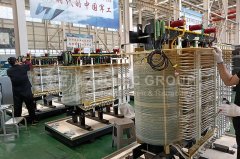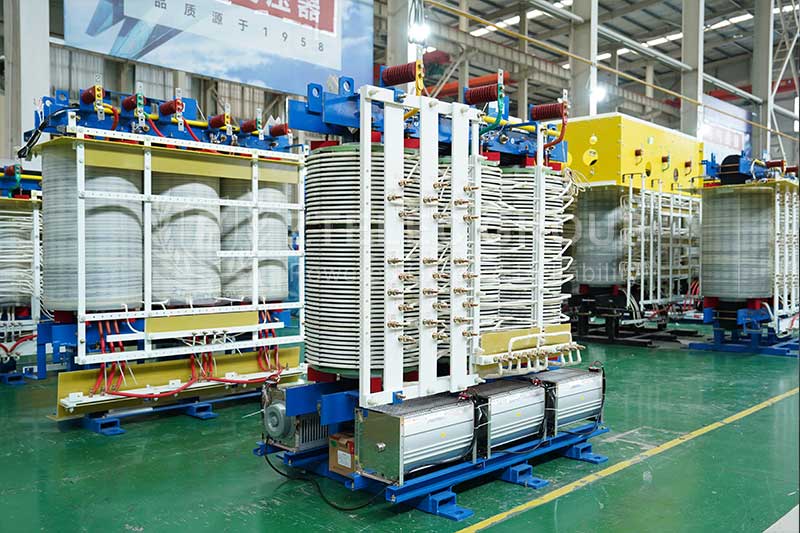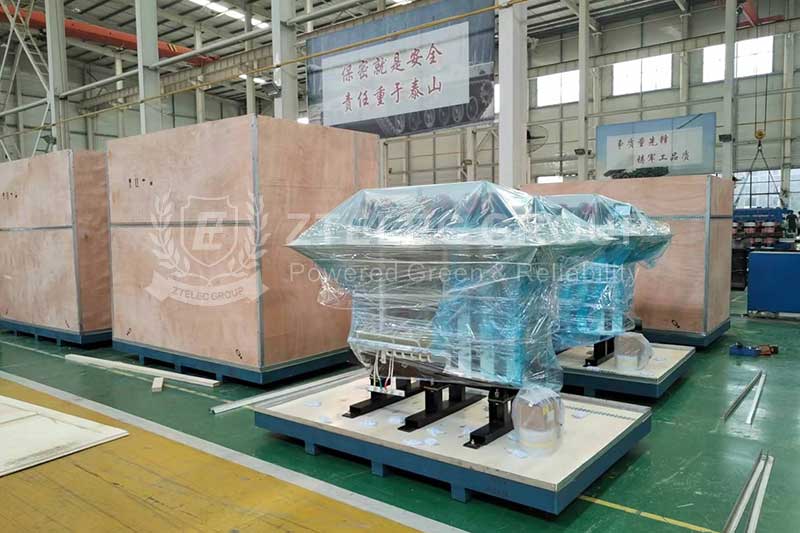Dry-Type Transformer Overheating: Causes, Solutions, and Temperature Control Tips
Dry-type transformers are vital components in power systems, responsible for efficient energy conversion. However, overheating poses a major risk, potentially damaging insulation, shortening equipment lifespan, or even causing fires. This guide explains the key causes of overheating and shares practical techniques for temperature control and system reliability.
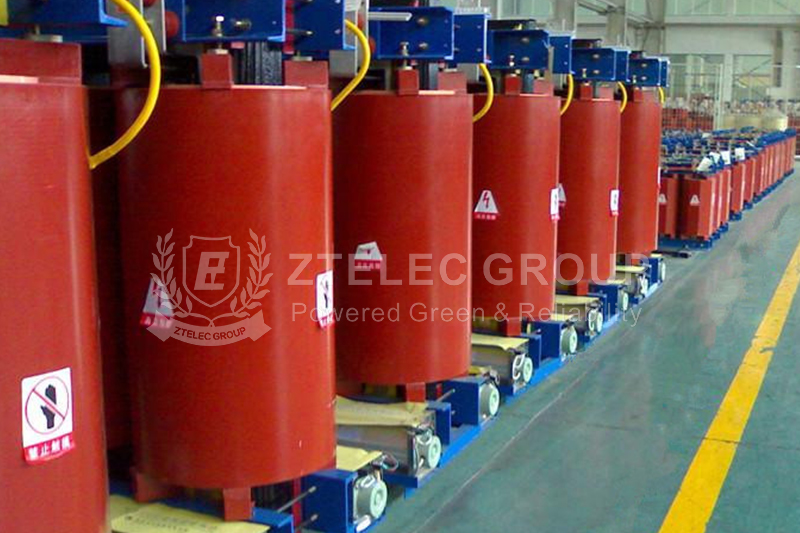
Main Causes of Dry-Type Transformer Overheating
Excessive load: Continuous overloading increases current beyond rated values, raising the winding temperature exponentially due to Joule's law.
Poor heat dissipation: Blocked ventilation, dust buildup, or fan failure can impede airflow and reduce cooling efficiency.
Insulation aging: Long-term high temperatures accelerate insulation degradation, increasing energy losses and heat generation.
Poor contact: Loose or oxidized connections at tap changers and leads increase contact resistance, causing localized heating.
Effective Temperature Control Skills
Intelligent Temperature Control System
Use automated systems to regulate fan operation. Cooling fans should activate at 110℃ and shut off below 90℃ for optimal balance of performance and efficiency.
Trigger alarms at 155℃ and perform emergency shutdowns at 170℃ to prevent equipment damage.
Utilize Pt100 thermal resistors for real-time monitoring and store 30-day temperature history for operational analysis.
Optimize Heat Dissipation Measures
Enhance ventilation by replacing solid doors with mesh types and adding industrial fans if needed.
Implement a regular cleaning schedule using compressed air to remove surface dust and keep cooling channels clear.
Upgrade to forced air or auxiliary cooling systems like water or oil cooling for high-load applications.
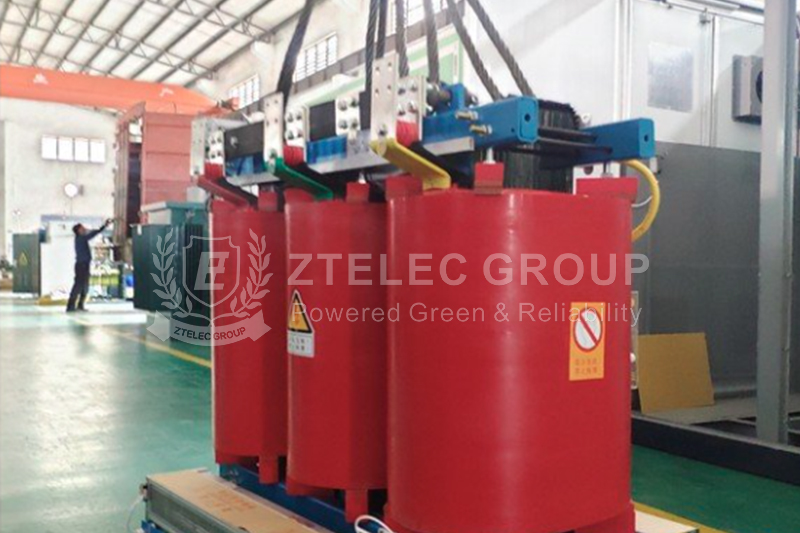
Preventive Maintenance
Test tap changer and lead resistance monthly with a DC tester to identify and correct poor contact issues.
Conduct weekly infrared inspections to identify early signs of overheating.
Perform semiannual insulation resistance and partial discharge tests to detect degradation and potential faults.
Operation Optimization
Monitor transformer load in real time to avoid overload. Distribute load across multiple units during peak periods.
In hot seasons, increase monitoring frequency and use auxiliary cooling or load reduction to keep temperatures within safe limits.
Emergency Treatment Plan
Over-temperature alarm: Immediately check load conditions and cooling equipment status. Reduce load or start backup cooling systems.
Continued temperature rise: Manually cut power supply at 170℃ and inspect the unit for root causes before restarting.
Sudden overheating failure: Use a transformer cooling vehicle to mist non-energized surfaces, leveraging evaporative cooling while ensuring safety from live parts.
By identifying overheating causes, applying smart temperature control, conducting preventive maintenance, and preparing for emergencies, the reliability and lifespan of dry-type transformers can be greatly improved. Implement these strategies to maintain safe and efficient transformer operation in any environment.
- more+releated article
- 2025-05-14PCB board FR4 material: Characteristics, Advan
- 2025-05-14Dry-Type Transformer Overheating: Causes, Solu
- 2025-05-13How Dry-Type Transformers Reduce Operating Cos
- 2025-05-13What are the limitations of phenolic cotton cl
- 2025-05-12Dry-Type Transformers for High-Rise Buildings:
- 2025-05-12How does phenolic paper sheet perform in a hum
- 2025-05-10CWIEME Berlin, here we come!
- 2025-05-10How to Verify the Accuracy of Dry-Type Transfo
- 2025-05-09Causes of Dry-Type Transformer Aging and Maint
- 2025-05-09FR4 Insulation Materials: Electrical Performan

